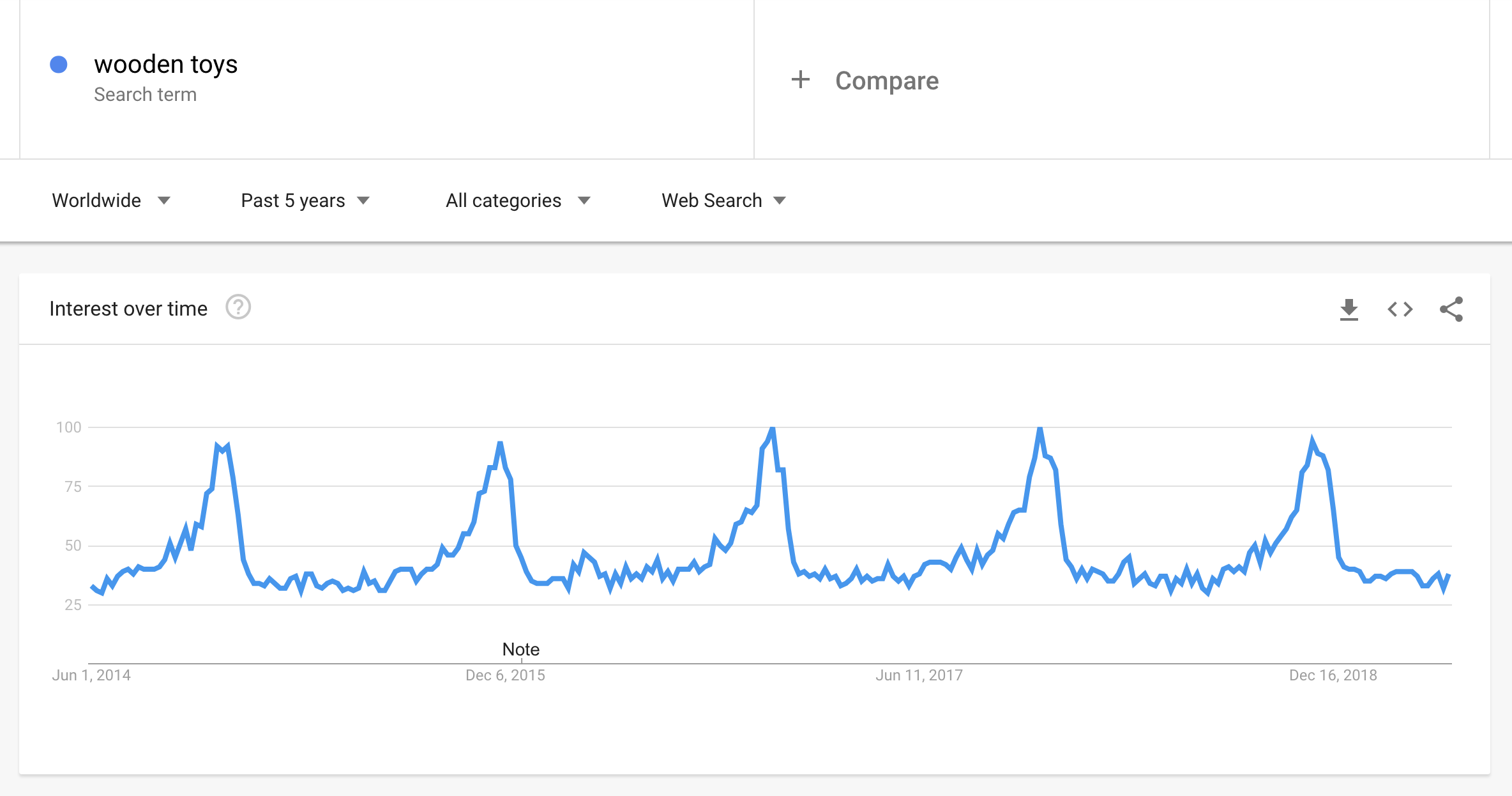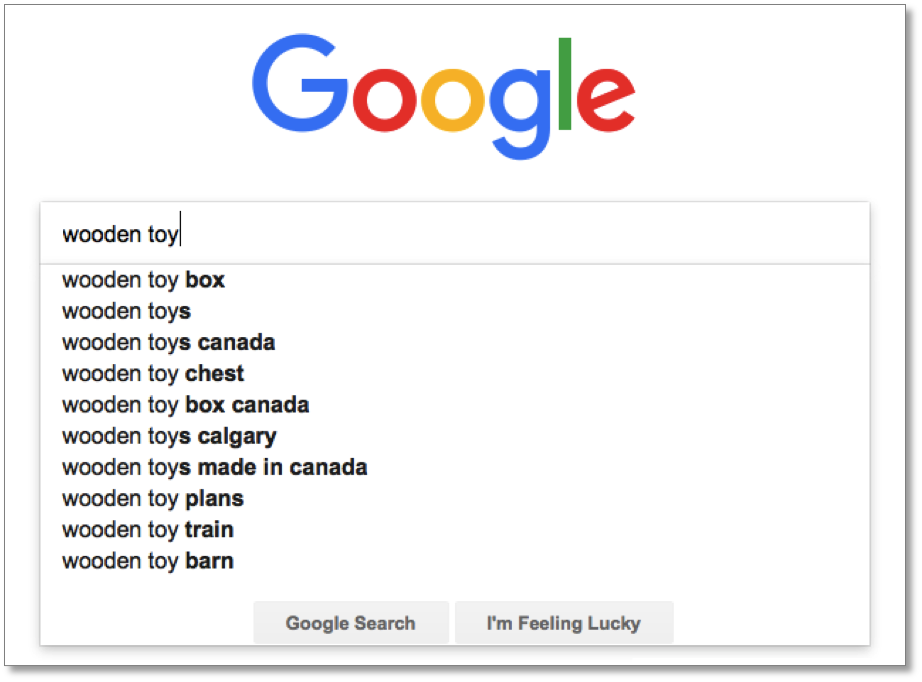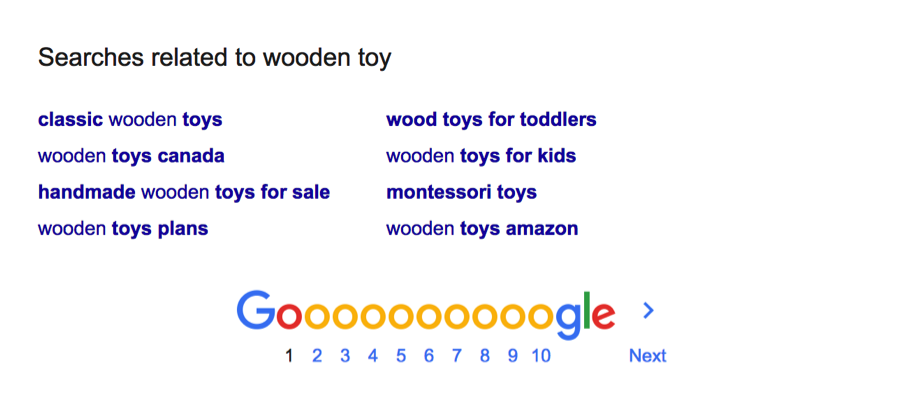5 Ways to Know if People will Buy your Handmade Product
Parts of this article are from my ebook HOW TO SELL HANDMADE BEYOND FRIENDS & FAMILY
There’s no way to guarantee your business will succeed or your products will sell, no matter how much research you do. But you can get a good idea of whether you’re choosing a profitable niche market or one that doesn’t have enough interest or customers.
Your previous work researching passions and problems (explained in HOW TO SELL HANDMADE BEYOND FRIENDS & FAMILY) will help determine if there’s a lot of interest in a topic related to your products.
These are some tools I use when trying to determine the likelihood of the popularity and profitability of a new idea.
1 – FORUMS / GROUPS / COMMENTS
If you don’t know your target market or the niche you’re focusing on within it, you’ll have a hard time finding a forum, Facebook group, discussion board, blog, etc. that will be any real help to your research.
You’ll also have a hard time selling any product without piggybacking off an existing target market.
Once you outline some of the demographics, psychographics, physical attributes, or personal preferences your customers must possess (I’ll teach you how in HOW TO SELL HANDMADE BEYOND FRIENDS & FAMILY), then you can define your niche market.
For example, if I’m selling wooden toys, I may define my target market as follows:
- Parental status: has kids
- Gender: female
- Age: 25 – 35
- The passion they have or problem they need solved: living toxin-free & eco-friendly (passion)
Of course, there are other types of people who might buy my toys (e.g. dads, grandparents, friends of parents, aunts, and uncles, etc.). But narrowing my market to one specific group simplifies everything.
Instead of trying to find a wide variety of Facebook groups based on all the people who could buy my products, I focus on the one group that is almost certain to be interested in my products and uncover their specific needs.
Based on my target market information alone, I can find “non-toxic moms” Facebook groups and eco-friendly forums where my customers are hanging out and discussing topics related to my products. I can also find several blogs covering topics that are important to moms who want to provide a non-toxic, eco-friendly environment.
It becomes even easier to find specific topics and products people are looking for by defining a niche market within that target market, which I’ll show you how to do in HOW TO SELL HANDMADE BEYOND FRIENDS & FAMILY.
Here’s how to gather information about the probability of a product selling:
FACEBOOK GROUPS
Ask to join a Facebook group that has members who fit within your target market and simply observe. Do not jump in and start posting sales pitches for your products. Read the posts, comments, discussions, follow links to see what people are recommending, etc.
Are people discussing the topics related to your product? If I was thinking about selling non-toxic wooden toy cars but couldn’t find posts on the topic in any groups (all posts were all about non-toxic plastic toys), it may not be a profitable toy category.
It may even be appropriate for you to jump in and ask a few questions. Just remember to be there as a member; to learn and help others but not to promote your business or sell your products.
FORUMS
Another great place to simply be a reader. What types of questions are people within your target market or niche market asking? Are there discussions going on? A posted question with no replies may indicate a lack of interest.
BLOG
See if you can find blog articles, or entire blogs, related to the product you’re thinking of selling. In my example, that would be “non-toxic toys”, “eco-friendly toys”, etc.
If you can’t find a blog post covering a topic related to a product you’re thinking of selling, it may be a sign it’s not very popular. Bloggers need articles that attract traffic, so they put a lot of effort into researching which keywords are trending, which will boost their SEO (search engine optimization), and which topics are most popular on their blog and ones they should write more articles about.
If you find an article related to your product, visit the page and look for a few cues it is a popular topic.
How many shares does the article have? Not all blogs will display their social media shares. If they do, look at the date the article was posted and how many social media shares it’s gotten. New articles may only have a few shares but lots of shares indicates a topic their target market is interested in.
How many comments are there? Are they recent? If the article has a comment section, check out what people are saying. For example, some of the blog articles covering non-toxic toys have comments with readers asking more specific questions (such as recommended toy material), making suggestions not covered in the article, recommending companies to buy from, etc. I can get a glimpse into the minds of my ideal customers and what they’re most concerned about, looking for, etc.
The problem with NOT being able to find a passion or problem people are talking about and that’s related to your products is:
It makes it hard to sell your products
You have to work much harder to get your products in front of people (e.g. constantly selling at craft shows or paying to show up on Etsy) and you must SELL people on the idea of buying from you.
When people are thinking about, reading about, asking questions about, and discussing a topic, it’s easier for a related product to be discovered.
If I were selling a basic toy with no distinctive qualities, I have no excuse to pop into people’s conversations (e.g. “You’re wondering where to find non-toxic toys? I have some here…” vs. “You’re looking for non-toxic toys? I have a regular toy…how about that?”). Nor do I have a valid reason for people to pay attention to my products and buy from me. They know where to find regular ol’ toys and will head to the tried and true stores and brands.
But when they’re unsure about where to find non-toxic toys, they go searching for answers. And my business can be one of few, instead of one of millions, offering just what they need.
HOW TO SELL HANDMADE BEYOND FRIENDS & FAMILY will walk you through uncovering passions and problems you can tie your products to.
2 – GOOGLE TRENDS
If you’re selling products that follow trends, you should use Google Trends to watch for declines and discover new trends.
*I’ve also put together an article on the hottest craft trends for 2019. Check it out here.
Even if you don’t follow trends, Google Trends will give you an indication of the popularity of a term/product over time.
Searching “wooden toys” shows that the search phrase trends up for the last quarter of the year, which is likely due to holiday shoppers, but still positive to note the search volume hasn’t declined over the last five years and that there’s enough search volume to show a graph (sometimes you’ll get a “not enough data” message which means not enough people are searching the term).

3 – GOOGLE SEARCH
You can also get an indication of how popular a search term is and gather similar ideas by typing a term into the Google search bar and paying attention to results that appear below as you type.

You can see, based on Google’s suggestions related to “wooden toy”, that “wooden toy box”, “wooden toy chest”, “wooden toy train”, and “wooden toy barn” are popular searches.
It doesn’t mean no one is searching for “wooden toy houses” or “wooden toy cars” but rather, the suggested phrases are more commonly searched.
*Important note: make sure you’re not signed into Google as you search, and try clearing your cache first. Otherwise, the results you see will be more catered to your past searches, rather than what other people are searching.
Once you hit enter, check out how many results there are, and the images, websites, and ads that take the top spots. If you’re getting into an unpopular niche, there may not be very many results, images, or people advertising.
You can also scroll to the bottom of the page and get more ideas on popular search terms under “Searches related to…”

4 – COMPETITION
Although every business wishes to have no competition, finding none may be a sign of an unprofitable niche market.
Try searching sites such as Etsy and Amazon to get an idea of how many products your niche market has to shop.
Very few may not be a good indication but thousands or millions of products to choose from will also make it difficult to be found.
Too few results: try broadening or changing your niche market.
Too many results: try getting more specific with your niche market.
Take a look at Etsy shops selling similar products and see how many sales they’re averaging per year (divide their total sales by the number of years they’ve been on Etsy).
High sales are not solely because of the product.
How that product is marketed (social media platforms they use, email marketing, etc.) and sold (product photos, descriptions, sales pitch, etc.) are equally as important.
*Check out THE SUCCESS PLANNER for a more rounded guide of what must be worked on for top sales (unfortunately your work days can’t be all about creating…that should take up less than half your time)
However, high sales do let you know it’s possible to sell several units of a particular product and that people are interested in it.
You may also want to Google your search term with “stores” or “retailers”.
Several online or brick and mortar stores related to, or focused on, your niche is a good sign it’s profitable.
It also gives you a list of stores who may be interested in carrying your products.
If there aren’t stores specializing in your product, dedicating a category on their website to it, or even carrying it, you may not have much luck selling it.
For example, if I was thinking about making jewelry out of doll parts and searched “doll part jewelry stores”, I couldn’t find an online or offline store carrying that product. And I definitely wouldn’t find a store specialized in selling only jewelry made from doll parts.
*Single listings on an online marketplace don’t count as stores that carry a product.
On the other hand, if I search “wooden toy car stores”, there are several online and offline toy stores carrying wooden toy cars, and even some focused on selling only wooden toys. A good sign wooden toy cars are a popular and profitable type of toy.
5 – YOUR STATS
Take a close look at your numbers. Which products are your bestsellers? THE SUCCESS PLANNER will help you uncover which numbers are important and how to track and calculate them.
Which Facebook or Instagram posts get the most likes and comments? Which products do shoppers always gravitate to at a craft show?
At the end of the day, sales are what matter most; not likes or people saying they love a product but not buying it. “Likes” can, however, give you a good indication of the direction to go in.
If people constantly pick an item up at a craft show or you get a lot of online traffic to a listing, but people never buy the product, they’re showing interest in it but something is throwing off the sale.
It may be the craftsmanship once they take a closer look, the price, a slow loading website or glitch with the shopping cart, high shipping fees, or they may just need a little nudge in the form of you selling it to them (e.g. share the story behind the product, the benefits of it, help them imagine it in their lives, etc.)
Look for commonalities among your most popular products (the ones that are bestsellers, or garner more likes and comments on social media, or draw people over at a craft show). What you can repeat? Is it a price point? A color? A product feature? A type of product?
Use the MARKET PROFITABILITY worksheets in HOW TO SELL HANDMADE BEYOND FRIENDS & FAMILY to research a variety of search terms related to your niche market and write down the results.
More important lessons from HOW TO SELL HANDMADE BEYOND FRIENDS & FAMILY are found in the free email course: BEAT LAST YEAR’S SALES. Sign up to receive the 5 emails with 5 important lessons, HERE

Hey, I’m Erin 🙂 I write about small business and craft show techniques I’ve learned from being a small business owner for almost 2 decades, selling at dozens of craft shows, and earning a diploma in Visual Communication Design. I hope you find my advice helpful!
